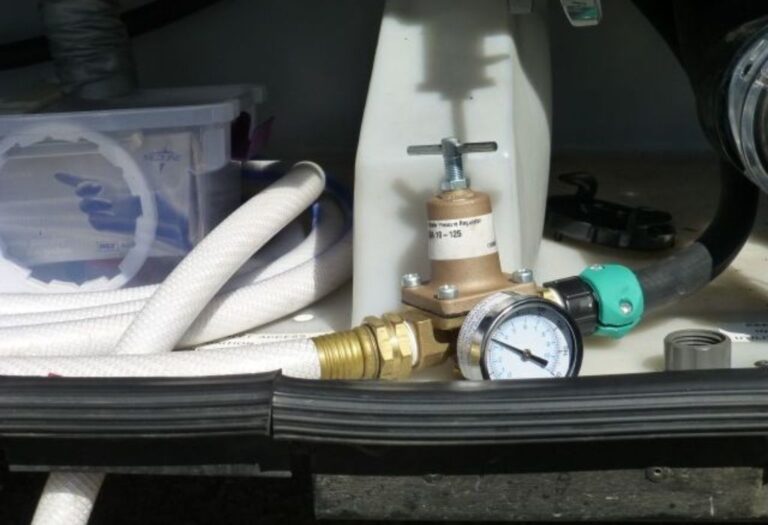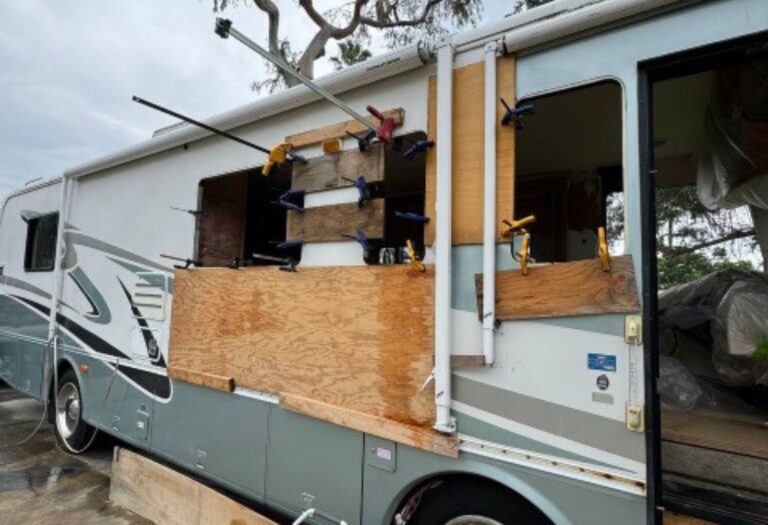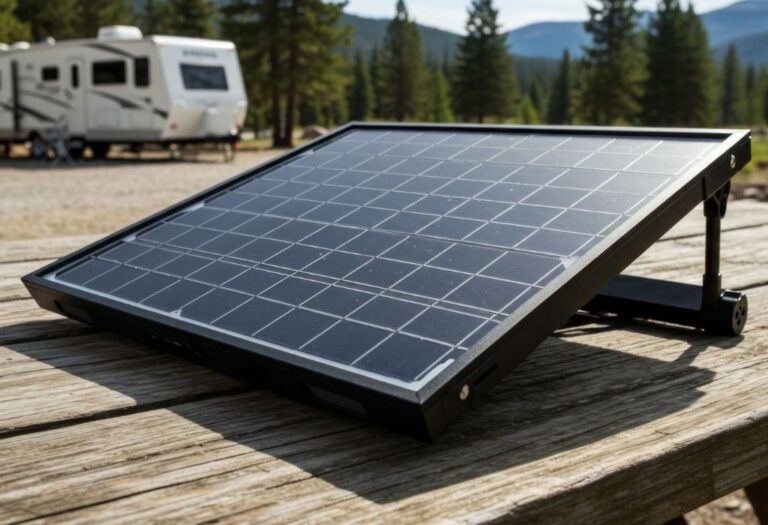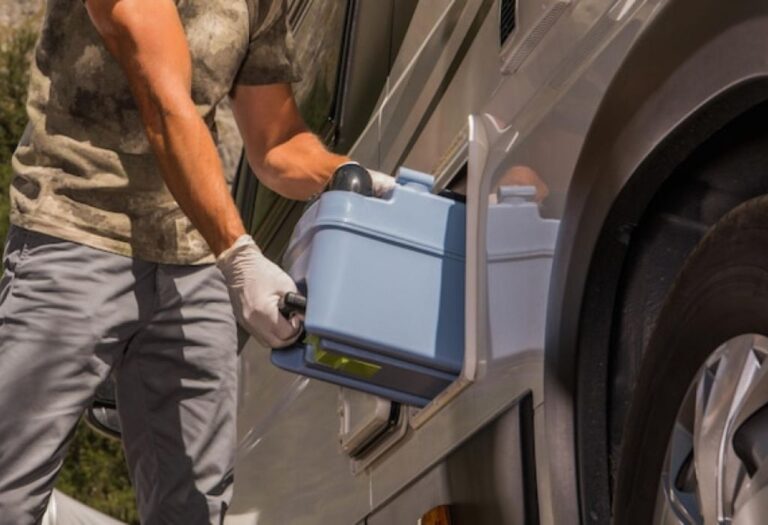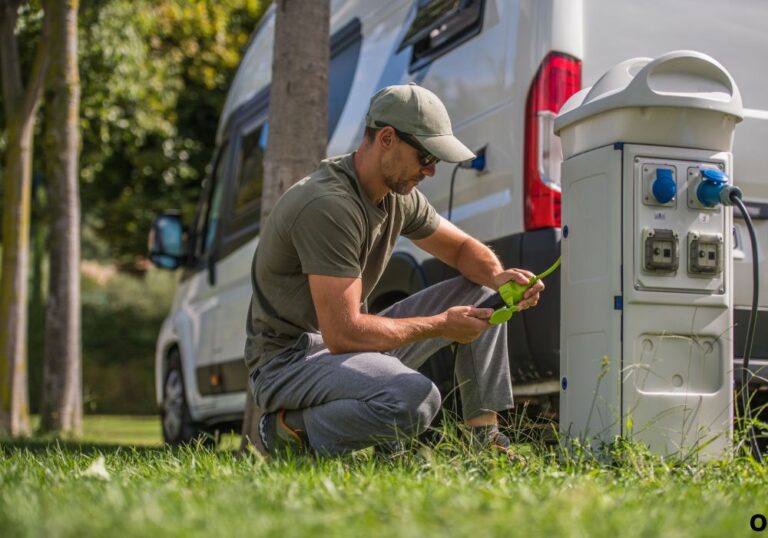Do RV Parks Have Water Hookups? What to Expect
Do RV Parks Have Water Hookups? What to Expect
URL: do rv parks have water hookups
META:
Most RV parks offer water hookups, but some don’t. Learn the types of RV hookups, how water connections work, and what to bring for a safe, easy setup.
INTRO:
You’ve just pulled into a beautiful RV park after a long drive. You find your campsite, level the RV, and get ready to connect your utilities. Electricity? Check. Sewer? Check. But then you pause and wonder — do RV parks have water hookups?
For most RVers, having reliable access to fresh water is just as important as electricity or Wi-Fi. Fortunately, the majority of modern RV parks and campgrounds offer on-site water hookups so you can connect directly to a safe, steady water source. However, not all parks are the same — while some provide full hookups (water, sewer, and electric), others may have only partial hookups, or shared water spigots between sites.
In this guide, we’ll explain how RV water hookups work, the different types of park setups you’ll encounter, what equipment you need, and how to stay safe while using them. Whether you’re staying one night or living on the road full-time, understanding RV water hookups ensures your trip stays comfortable, clean, and worry-free.
What Are RV Hookups? (Water, Electric, and Sewer)

When RVers talk about “hookups,” they’re referring to the connections that allow your RV to access essential utilities at a campground or park. Understanding each type is important to ensure comfort, safety, and proper setup.
1. Water Hookups
Water hookups supply fresh water directly to your RV’s plumbing system. This lets you fill your freshwater tank or run water directly through faucets, showers, and toilets. Without a water hookup, you’ll rely on stored water in your RV tank or external containers.
2. Electric Hookups
Electric hookups provide power to your RV, usually through a 30-amp or 50-amp connection. This allows you to operate appliances, lights, and climate control systems without draining your batteries.
3. Sewer Hookups
Sewer hookups let you drain black and gray water tanks safely. Connecting to a sewer system prevents spills and odors, keeping both your RV and campground sanitary.
Full vs Partial Hookups
- Full Hookup: Water, sewer, and electric connections at a single site.
- Partial Hookup: Typically water and electric, or electric and sewer.
- No Hookup / Dry Camping: No utilities; you rely on RV tanks, batteries, and stored water.
Knowing what each hookup provides ensures you can plan your water usage, tank management, and power needs before arriving at the park.
Do All RV Parks Have Water Hookups?
Not all RV parks provide water hookups, though most modern and commercial parks do. Water availability depends on the type of park, location, and amenities offered.
1. Private and Commercial Parks
- Most offer full hookups, including water, sewer, and electricity.
- These parks prioritize convenience for short-term and long-term RVers.
2. State or National Parks
- Some provide water spigots at each site, others only at shared locations.
- Many state parks have partial hookups — water and electricity but no sewer, requiring use of a dump station elsewhere.
3. Boondocking or Primitive Sites
- Typically no hookups at all.
- Campers rely entirely on stored water and off-grid solutions like solar panels and portable toilets.
Key Takeaway
Always check the RV park’s website or listing for details on water hookups. Many campgrounds now indicate full, partial, or no hookups so you can prepare accordingly.
How RV Water Hookups Work
A water hookup at an RV park allows you to connect your RV directly to a safe, pressurized water source. Here’s how it works in practice:
1. Connection to the Spigot
- Most parks provide a threaded water spigot near your site.
- You attach a potable water hose (white or blue) to the spigot and then to your RV’s city water inlet.
2. Direct vs. Tank Fill
- Direct Connection: Water flows straight into your RV plumbing, supplying faucets, showers, and toilets.
- Tank Fill: You can fill your freshwater tank for later use, especially useful if you plan to move without staying at a park.
3. Pressure Regulation
- Park water may come in at high pressure, which can damage your RV plumbing.
- Always use a water pressure regulator to keep pressure safe (usually under 50 PSI).
4. Optional Filtration
- Some RVers use inline filters to remove chlorine, sediment, or taste issues.
- This ensures cleaner water for drinking, cooking, and bathing.
Proper connection and equipment prevent leaks, overpressure, and contamination, keeping your water system safe and reliable.
What to Bring for Safe Water Hookups

To use water hookups safely and efficiently, you should bring the right equipment:
1. Drinking-Water Safe Hose
- Use a hose labeled for potable water (white or blue).
- Keep it separate from hoses used for sewer or gray water flushing.
2. Water Pressure Regulator
- Protects your RV’s plumbing from high park water pressure.
- Prevents leaks, blown fittings, and potential damage to tanks.
3. Inline Water Filter
- Removes sediment, chlorine, and bad taste.
- Ensures water is safe for drinking and cooking.
4. Hose Splitters or Fittings
- Allows you to connect multiple hoses or accessories.
- Useful for filling your tank while also rinsing the exterior.
5. Sanitation Supplies
- Keep rubber washers or seals handy to prevent leaks.
- Sanitize hoses before storage to prevent bacterial growth.
By bringing these tools, you can connect to any RV park water hookup safely, maintain water quality, and protect your RV plumbing system.
Types of RV Park Hookup Levels
RV parks typically categorize sites based on the utility hookups provided. Knowing the differences helps you choose the right site for your needs.
1. Full Hookup
- Includes: Water, sewer, and electricity (usually 30 or 50 amps).
- Ideal for RVers staying longer or who want maximum convenience.
- Allows direct connection to freshwater, electricity, and waste disposal without leaving your site.
2. Partial Hookup
- Includes: Typically water and electric, or electric and sewer.
- Good for shorter stays or if you prefer to manage some functions manually.
- You may need to visit a dump station or bring your own freshwater supply for full convenience.
3. Dry Camping / Boondocking
- Includes: No utilities.
- Relies entirely on freshwater tanks, batteries, and solar.
- Common in public lands, remote areas, or primitive campgrounds.
Choosing the Right Hookup Level
- Full hookup: Best for comfort, longer stays, or families.
- Partial hookup: Flexible for RVers willing to manage some tasks manually.
- Dry camping: For experienced travelers seeking off-grid experiences.
Water Quality and Pressure Differences
Not all RV park water hookups are created equal. The quality and pressure of the water can vary depending on location, infrastructure, and season.
Water Quality Considerations
- Most parks provide treated municipal water, safe to drink.
- Some may have high chlorine or sediment content, making filters advisable.
- In older parks, plumbing may affect taste or clarity — using an inline filter improves safety and flavor.
Pressure Considerations
- Park water pressure can range from 40–80 PSI, which may be too high for RV plumbing.
- Pressure regulators reduce the risk of damaged fittings, leaks, or tank failures.
- High pressure can also affect appliances like water heaters, dishwashers, and filters.
Tips for Safe Water Use
- Always test water flow and pressure before connecting directly.
- Use a regulator and filter for drinking water.
- Flush hoses before filling the fresh tank to remove stagnant water.
Seasonal or Regional Limitations
Water availability at RV parks can fluctuate based on climate, season, and regional restrictions.
Winter Restrictions
- In cold regions, parks may shut off water lines to prevent freezing.
- Even full-hookup sites may require you to rely on your RV’s internal tanks during winter.
Desert or Remote Locations
- Water may be limited or rationed due to environmental concerns.
- Some parks may provide non-potable water only, or require self-contained use.
Planning Ahead
- Always check the park’s website for seasonal availability.
- Contact park staff to confirm water access before arrival.
- Carry backup water supplies if traveling to regions with restrictions.
Common Problems and Troubleshooting Tips
Even when water hookups are available, RVers may encounter common issues that require quick fixes.
1. Low Water Pressure
- Could be due to park supply or clogged hoses.
- Use a pressure regulator to protect your RV and ensure steady flow.
2. Leaky Connections
- Inspect fittings, rubber washers, and hose ends before connecting.
- Tighten connections carefully to prevent leaks without over-torquing.
3. Contaminated Water
- Occasionally, municipal water may carry chlorine taste or sediment.
- Using an inline filter ensures safe drinking water.
4. Hose Kinks or Twists
- Prevents water flow and can damage hoses.
- Keep hoses straight and supported when connecting.
5. Frozen or Closed Spigots
- In winter, park water may be shut off or frozen.
- Always carry enough water in your tanks as a backup.
By understanding these issues and how to troubleshoot them, you can maintain clean, safe, and efficient water use at any RV park.
Frequently Asked Questions (FAQs) About RV Park Water Hookups
1. Do all RV parks have water hookups?
No. While most modern parks offer water, some state parks or remote campgrounds may only provide partial hookups or none at all.
2. What is a full hookup?
A full hookup provides water, electricity, and sewer connections at a single site. It’s ideal for comfort and long-term stays.
3. What is a partial hookup?
A partial hookup typically includes water and electricity, but you may need to use a dump station for sewer disposal.
4. Can I drink water directly from RV park hookups?
Only if the spigot is labeled potable water. Always use a dedicated drinking water hose and consider an inline filter for safety.
5. What equipment do I need for a safe water hookup?
- Potable water hose (white or blue)
- Water pressure regulator
- Inline filter
- Hose washers or seals
6. Do pressure regulators really matter?
Yes. Park water pressure can exceed 60 PSI, which may damage your RV plumbing. Regulators maintain safe pressure and prevent leaks.
7. Can I use non-potable water for my fresh tank?
No. Non-potable water should only be used for rinsing or cleaning purposes. Never fill your fresh water tank with it.
8. Are water hookups available year-round?
Not always. In cold climates, parks may shut off water during winter to prevent freezing. Always check seasonal availability before traveling.
9. How can I find RV parks with water hookups?
Use apps like Campendium, AllStays, iOverlander, or RV Life. They often list amenities, including potable water availability.
10. What should I do if the park’s water supply is low or inconsistent?
Carry extra water in bladders or tanks, and have a potable water backup plan. Using a water filter or pressure regulator also helps maintain quality and consistency.
Conclusion: Plan Ahead for a Smooth RV Water Experience
Water hookups are a crucial part of RV living, and understanding how they work can make your trips more comfortable and stress-free. Most RV parks offer water connections, but the type, quality, and availability can vary based on park type, season, and region.
By knowing the different hookup levels — full, partial, or dry camping — you can choose the right site for your needs. Bringing the right equipment, like a potable water hose, pressure regulator, and inline filter, ensures your RV plumbing remains safe and functional. Planning ahead, checking park amenities, and carrying backup water when necessary can prevent surprises and keep your adventure flowing smoothly.
Whether you’re stopping for a night or spending weeks on the road, a little preparation ensures that water — one of the most essential resources in your RV — is always available when you need it.
I’m David R. Coleman, the founder, lead writer, and lifelong tool enthusiast behind GarageToolPro.com. With years of experience in automotive repair, woodworking, and home DIY projects, I created this platform to share practical tips, detailed tool reviews, and step-by-step guides that help mechanics, hobbyists, and homeowners get the job done right the first time.

